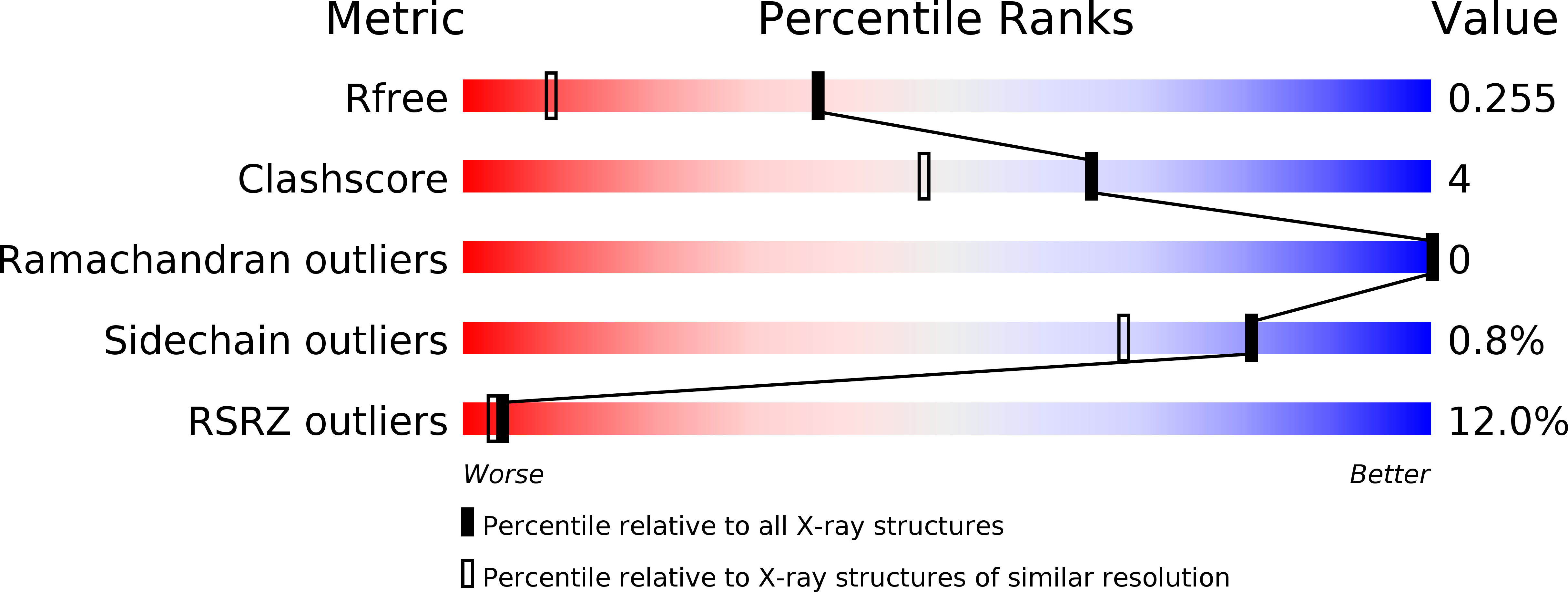
Deposition Date
2017-08-07
Release Date
2018-03-07
Last Version Date
2024-03-13
Entry Detail
Biological Source:
Source Organism:
Fischerella sp. ATCC 43239 (Taxon ID: 1535197)
Host Organism:
Method Details:
Experimental Method:
Resolution:
1.64 Å
R-Value Free:
0.25
R-Value Work:
0.22
R-Value Observed:
0.22
Space Group:
P 1 21 1


